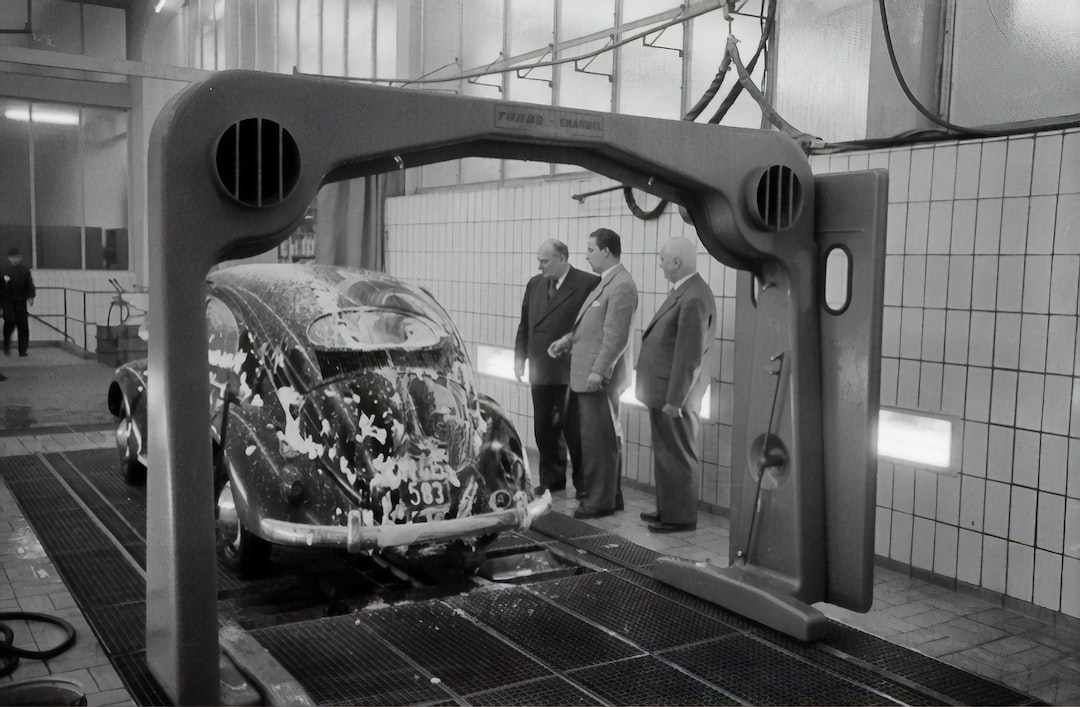How 3D Printing is Changing the Landscape of Manufacturing
In recent years, 3D printing has emerged as a game-changer in the world of manufacturing. This disruptive technology has revolutionized the way products are created and has the potential to transform various industries. From rapid prototyping to customized manufacturing, 3D printing has opened up new possibilities, fostering creativity and innovation in manufacturing processes.
One of the most significant advantages of 3D printing is its ability to reduce costs and lead times. Traditional manufacturing methods often require expensive molds, tooling, and fixtures, which can be time-consuming and costly to produce. With 3D printing, these constraints are eliminated, and it becomes easier and faster to bring a product to market. By utilizing computer-aided design (CAD) software, 3D printers can take a digital blueprint and transform it into a physical object within hours, bypassing the need for multiple iterations and reducing the time it takes to develop a new product.
Moreover, 3D printing enables customization on a previously unimaginable scale. Traditional manufacturing techniques typically involve producing large batches of identical products, limiting the ability to tailor each item to individual needs. With 3D printing, on the other hand, it is possible to create unique, personalized products with minimal additional cost. This has potential applications in various sectors, ranging from medical devices to consumer goods. For example, in the healthcare industry, 3D printing is being used to create customized prosthetics, dental implants, and even patient-specific surgical instruments. This level of personalization not only improves patient outcomes but also opens up opportunities for designers and entrepreneurs to create niche products for specific markets.
Furthermore, 3D printing allows for complex geometries and intricate designs that were previously impossible to manufacture. The additive nature of 3D printing allows for the creation of objects with internal cavities, intricate lattice structures, and organic shapes that are not feasible with traditional manufacturing techniques. This capability has found applications in many industries, including aerospace, automotive, and architecture. For instance, in aerospace, 3D printing is being used to produce lightweight, high-performance parts that would be difficult or costly to produce using traditional methods. This not only results in more efficient aircraft but also reduces fuel consumption and lowers carbon emissions.
Another significant advantage of 3D printing is its potential to reduce waste and promote sustainability. Traditional subtractive manufacturing methods often produce large amounts of scrap material due to the nature of the process. On the other hand, 3D printing is an additive process, meaning that it only uses the necessary amount of material to create an object, minimizing waste significantly. Additionally, 3D printing allows for the use of recycled or bio-based materials, further reducing the environmental impact of production. This focus on sustainability has attracted attention from industries looking to reduce their carbon footprint and adopt more responsible manufacturing practices.
However, despite its numerous advantages, 3D printing still faces challenges that need to be addressed for wider adoption. One of the main limitations is the speed of printing, which can be relatively slow compared to traditional manufacturing methods. However, with advancements in technology and ongoing research, this limitation is being addressed, and printing speeds are steadily increasing. Additionally, the cost of 3D printers and materials can be a barrier for many small businesses and individuals looking to adopt the technology. As the industry matures and economies of scale are achieved, these costs are expected to decrease, making 3D printing more accessible to a wider audience.
In conclusion, 3D printing is transforming the manufacturing landscape in unprecedented ways. Its ability to reduce costs, enable customization, produce complex geometries, and promote sustainability has opened up new doors for innovation. As the technology continues to evolve, it is poised to revolutionize various industries and provide opportunities for entrepreneurs and designers to bring their ideas to life. With its potential to disrupt traditional manufacturing methods and offer unprecedented flexibility, 3D printing is truly revolutionizing the way we manufacture goods.

